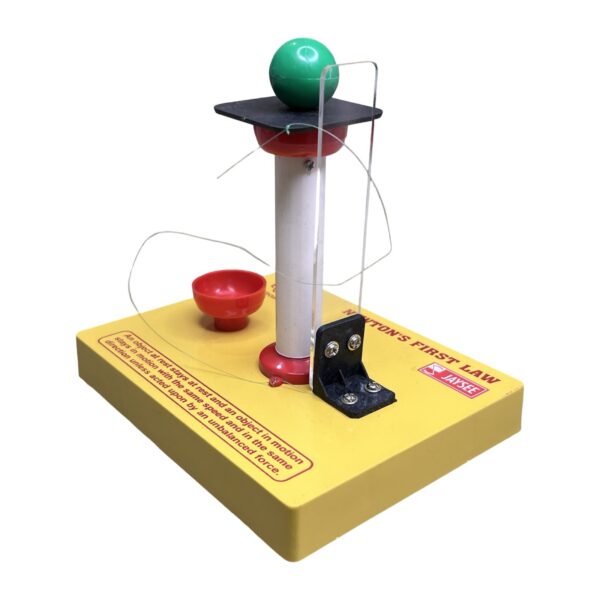- Pick up from the Samtech Store in Ambala
To pick up today
Free
- Courier delivery
Our courier will deliver to the specified address
4-5 Days
200+





₹500 Original price was: ₹500.₹250Current price is: ₹250. (Exc. GST)
To pick up today
Free
Our courier will deliver to the specified address
4-5 Days
200+
Newton’s 2nd law model is a great tool to demonstrate Newton’s second law to students in stem labs. Newton’s second law states that the acceleration of an object depends on two factors: the net force acting on the object and the object’s mass. Specifically, the acceleration of an object is directly proportional to the net force acting on it and inversely proportional to its mass. This means that when the force applied to an object increases, the object’s acceleration also increases. Conversely, if the mass of the object increases, its acceleration decreases.
For example, if we apply a force to a ball, the ball will accelerate in the direction of the force. The greater the force applied, the greater the acceleration of the ball will be. Similarly, if we apply the same force to a heavier ball, it will experience less acceleration compared to a lighter ball due to its increased mass.
Newton’s second law serves as an excellent tool for demonstrating these concepts to students in STEM labs.
In stock
In stock
In stock
In stock
No account yet?
Create an Account
SAMTECH INSTRUMENTS
Typically replies within minutes
Any questions related to Newton’s 2nd Law Model?
🟢 Online | Privacy policy
WhatsApp us

